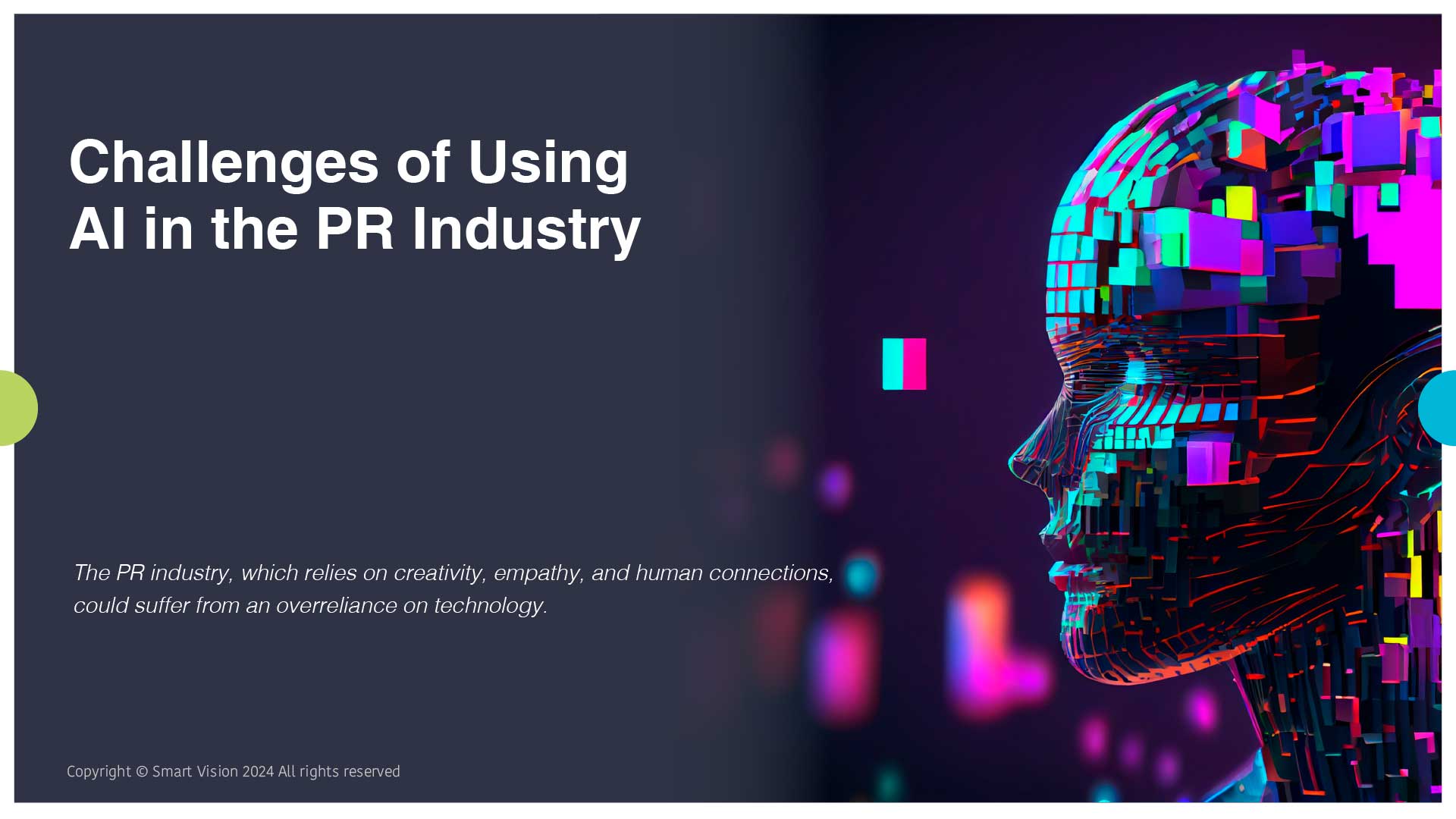In the dynamic world of communications, artificial intelligence (AI) is revolutionizing how the PR industry operates. From optimizing routine tasks to providing in-depth data analysis, AI offers possibilities that were unimaginable just a few years ago. However, like any technology, it has challenges and potential risks. This text explores how AI transforms public relations, its benefits, drawbacks, possible dangers, and the best tools PR professionals use today.
Advantages of using AI tools
AI significantly contributes to the PR industry by automating tasks that previously took a lot of time for a PR specialist. Scheduling social media posts, monitoring media content, and analyzing campaigns can now be done much faster and more accurately. For example, tools that track media sources in real time allow brands to instantly know when they are mentioned and how they are perceived, while sentiment analysis algorithms help understand public opinion.
One key advantage of AI is content personalization. Algorithms can analyze the habits and interests of target groups, enabling the creation of content that perfectly matches their needs and preferences. Additionally, AI tools simplify campaign result analysis, allowing PR teams to assess what works quickly and what doesn’t and adapt strategies. This opens the door to more efficient crisis communication, as PR professionals can spot potential issues early and respond before they escalate.
Potential risks
However, the use of AI has its downsides. The PR industry, which relies on creativity, empathy, and human connections, could suffer from an overreliance on technology. AI often lacks a “human touch,” which can result in mechanical or generic content that fails to connect with audiences on an emotional level. Furthermore, the quality of AI-generated results largely depends on the data on which they are trained. All analyses and predictions may be flawed if that data is irrelevant or biased.
Additionally, the high initial cost of implementing AI technologies can be a barrier for smaller companies. Ethical and gender biases, which sometimes emerge in AI algorithms, can lead to unethical content, while data misuse raises privacy and security concerns. Relying on AI might also diminish the development of traditional PR skills, such as writing, strategy creation, and interpersonal communication.
Another danger lies in the creation of misinformation. Tools like ChatGPT or DALL-E can generate convincing yet inaccurate content, potentially damaging a brand’s credibility. Moreover, automation could reduce the need for specific job types, raising concerns about potential job losses.
Recommended AI tools for the PR industry
- Meltwater: A tool for media content monitoring and data analysis, providing detailed insights into brand mentions and sentiment analysis.
- Prowly: Helps measure the effectiveness of PR campaigns through detailed reports.
- CoverageBook: Automates the creation of visually appealing PR reports and uses AI to calculate metrics like reach, engagement, and sentiment.
- Cision Communications Cloud: Enables media monitoring, PR campaign impact analysis, and journalist relationship management.
- ChatGPT: Can generate text-based content, such as press releases, blog posts, or answers to frequently asked questions.
The use of AI in the PR industry offers numerous advantages but also comes with challenges that must be carefully considered. The technology enables more efficient data analysis, content personalization, and faster responses to market changes, but much more is needed to replace human creativity and emotional intelligence fully.
To avoid potential pitfalls, it is essential for PR professionals to use AI as a tool that complements their skills rather than replaces them. Integrating AI technologies into daily work can significantly enhance results and help the industry adapt to a dynamic digital environment.
With ongoing development and ethical use, AI will become a crucial ally in building public relations in the future.





